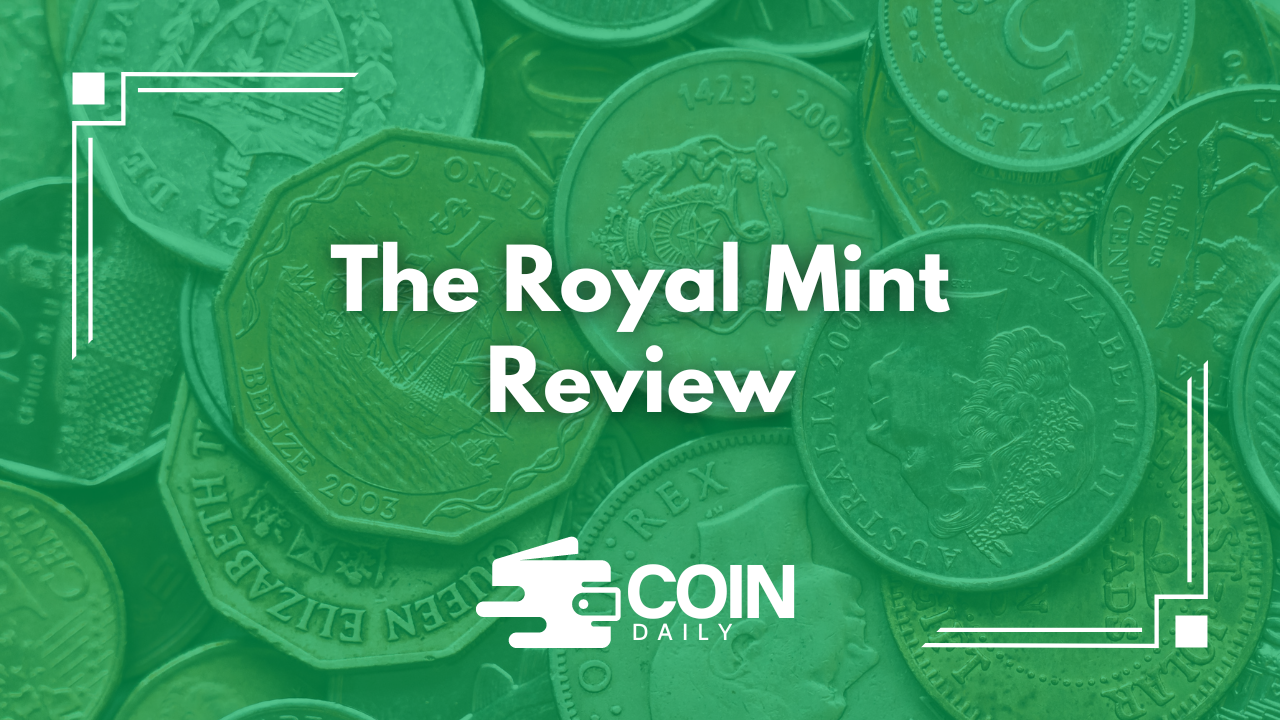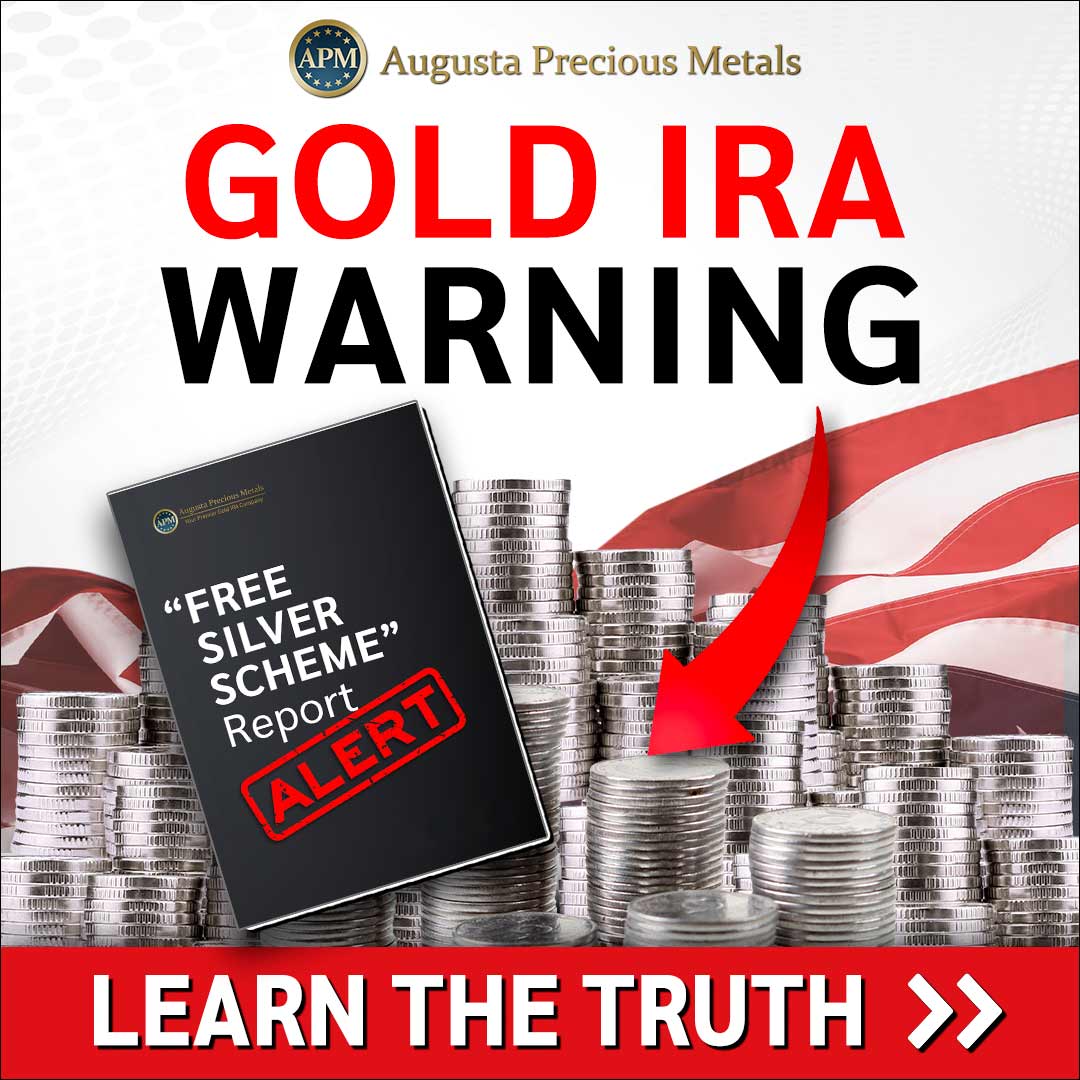The Royal Mint is such a big part of British history and culture. It’s not just about cranking out coins; it has a really rich heritage and plays an evolving role in today’s economy.
Founded centuries ago with a clear mission, the Royal Mint has really broadened its horizons. Now, it offers all sorts of products and services, from commemorative coins to bullion.
I find it fascinating to dive into the history and learn about the intricate process of how coins are made. Plus, I get to figure out if investing in Royal Mint coins is a smart move.
Whether you’re a history enthusiast, a coin collector, or just thinking about investing, there’s definitely something here for everyone.
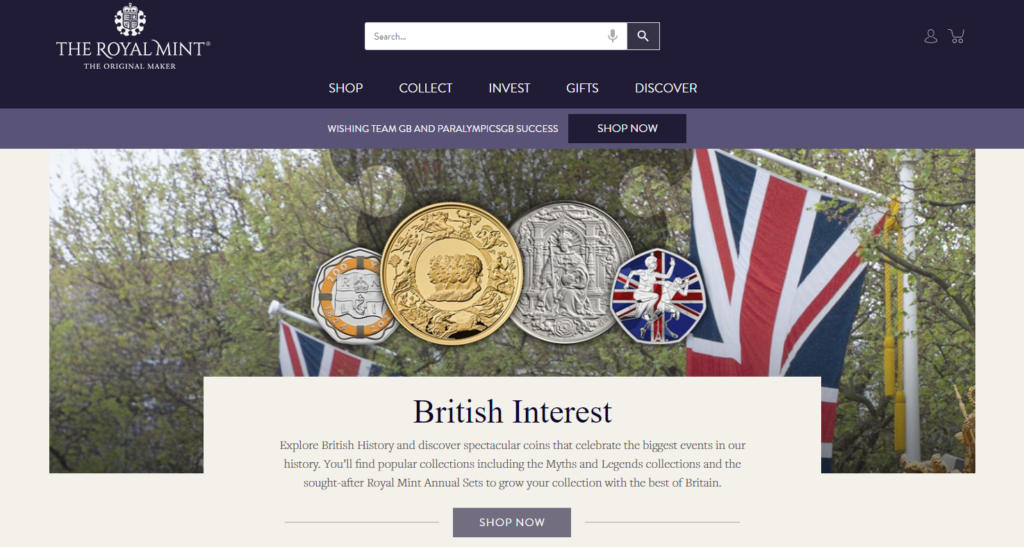
What is the Royal Mint?
The Royal Mint is the official mint of the United Kingdom, and it’s where all sorts of coins, bullion, and commemorative pieces are produced. It’s pretty interesting because these items catch the eye of both collectors and investors in precious metals.
Established way back in 886 AD, the Royal Mint has a rich history of minting coins and really focuses on quality and security. I find it fascinating that, as a trusted institution, it keeps pushing the envelope when it comes to creating collectible items and investment-grade bullion.
Plus, they offer educational resources for anyone who’s into numismatics.
History of the Royal Mint
The Royal Mint has a fascinating history that stretches back over a thousand years, starting in 886 AD when the government decided it was time to create a standardized currency for England’s growing economy.
Over the centuries, I’ve learned that it has produced all sorts of historical coins that really capture the political and economic shifts of the time, highlighting how the minting process has evolved.
I find it impressive that the Royal Mint has stayed a key part of the UK’s currency system, thanks to government support and its dedication to quality.
When was the Royal Mint established?
I find it fascinating that the Royal Mint was established way back in 886 AD, making it one of the oldest institutions in the UK and an essential part of the country’s currency history.
Over the centuries, it’s played a crucial role not just in minting coins but also in the entire evolution of our monetary system. It started out by focusing on producing silver pennies but adapted to changing needs throughout various historical periods, reflecting shifts like the gold standard and the introduction of key denominations such as guineas and sovereigns.
The minting process has also seen some incredible innovations, transforming how coins are produced. This ensures greater precision and security, which really helps boost public trust in currency. Because of all this, the Royal Mint has been pivotal in shaping the economic landscape of the UK.
What was the original purpose of the Royal Mint?
The Royal Mint was originally set up to create a reliable and standardized currency for trade, which was meant to boost economic growth and stability in the region. By establishing a uniform system of coinage, it really helped facilitate transactions between merchants and communities, creating a space that was great for commercial expansion.
This standardization made trade practices a lot easier and also built trust among traders. They could count on the authenticity and value of the minted coins, which was a big deal back then. Over the years, the Royal Mint has evolved into a major player in the world of numismatics, with its coins often showcasing unique designs that tell the historical and cultural stories of their time.
Those coins aren’t just money; they’re artifacts that give us incredible insights into economic history and social dynamics.
Check Out the Best Gold IRA Company of 2024
There are over 200+ gold IRA companies in the US and among all of them, I believe Augusta Precious Metals is the best one so far.
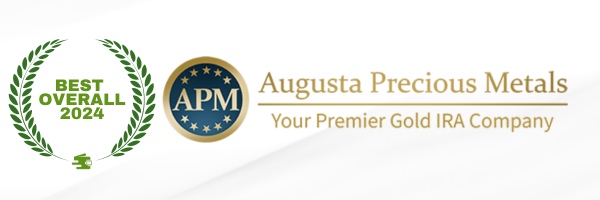
Augusta Precious Metals ranks as the #1 gold IRA company in the US. And that’s for good reason.
They have some of the best product catalogs with gold, silver, platinum, and palladium products to offer. But the main highlight is their dedicated web conference and the added focus on client education.
Augusta has an A+ rating on BBB, 1000+ client testimonials, and has been awarded “Most Transparent Company” in 2023 by Investopedia.
No other company puts as much focus on educating their clients about the different aspects of gold IRAs as they do.
My own experience with them was amazing to say the least.
However, their minimum investment requirement is $50,000 which limits the number of people who can open a gold IRA with them. Still, if you have the budget, you shouldn’t look elsewhere.
What Does the Royal Mint Do?
The Royal Mint really plays an important role in creating a wide variety of products and services. They produce everything from everyday currency coins to top-notch bullion and those special limited edition collector’s items.
As a top player in the numismatics world, they don’t just mint coins; they also offer educational resources to make sure collectors and investors have a great experience with precious metals.
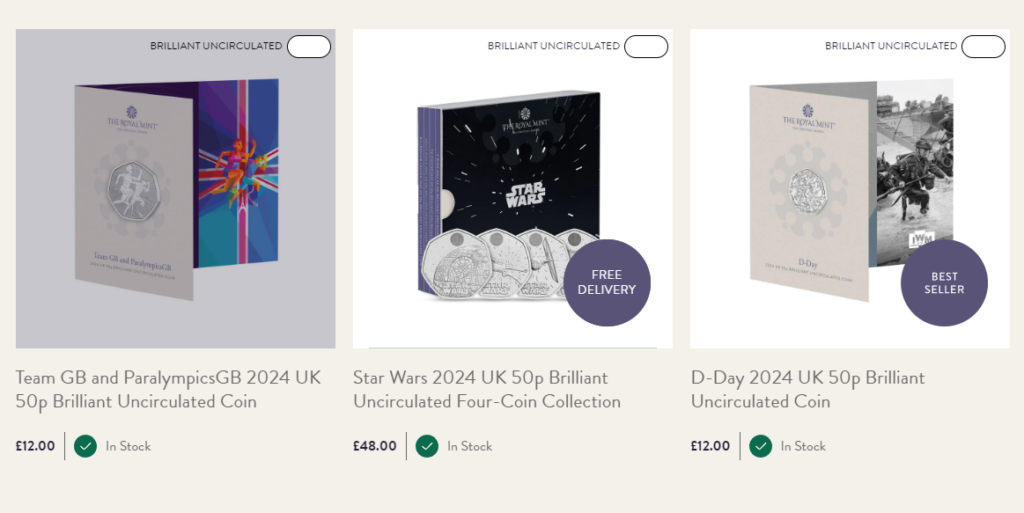
What is the Role of the Royal Mint in the UK?
The Royal Mint plays a pretty crucial role in the UK’s economy by making sure we have a stable and secure supply of currency. Plus, it promotes coin collecting and investing as a solid asset class.
When I think about the coins they produce, it’s clear they blend historical significance with modern innovation, which really helps with economic stability. Their operations aren’t just about making change; they also give us insights into broader economic trends, like inflation rates and consumer confidence.
As more people start thinking about wealth preservation and how to invest strategically, the Mint’s products provide a tangible asset that can hold value over time. This connection shows just how important it is to maintain trust in our currency. A stable minting process boosts public confidence in the financial system, which ultimately influences how people spend and invest their money.
What Products and Services Does the Royal Mint Offer?
The Royal Mint has a whole bunch of products and services that I find super interesting. They offer everything from standard circulating coins to bullion products like gold and silver bars. Plus, they have historical coins and limited edition commemorative sets that really cater to both collectors and investors.
These offerings are perfect for anyone looking to build a coin collection or for savvy investors like me who want to diversify their portfolios with some tangible assets. I’ve noticed that pricing can vary quite a bit depending on how rare and in-demand the items are, but they usually have competitive rates that attract a wide range of buyers.
What I really appreciate is how the Royal Mint takes pride in its customer service. They respond quickly to inquiries and offer expert advice, which helps me make informed purchases. They also have seasonal promotions, discounts on memberships, and special events that make being part of the collector community even more appealing, especially for those of us who are curious about the investment potential of these unique products.
How Does the Royal Mint Make Coins?
I find it fascinating how The Royal Mint has this intricate minting process for producing coins. It all starts with selecting high-quality materials and goes through various stages before the final stamping.
It’s amazing to think about how every single piece has to meet those strict quality assurance standards.
What Materials are Used in Making Coins?
I find it fascinating how The Royal Mint uses a mix of materials in coin production, like precious metals such as gold, silver, and platinum. Each metal is picked for its durability, aesthetic appeal, and purity.
These metals not only make the coins visually stunning but also add to their intrinsic value, which is why they’re so popular with investors and collectors. For instance, I’ve heard that gold coins are often viewed as a hedge against inflation and a solid investment because of their limited availability and rich history.
Silver, on the other hand, has its own charm with unique properties and various uses, making it appealing to those who appreciate its beauty and practicality. And then there’s platinum—though it’s less common, its rarity really attracts collectors looking for something exclusive and valuable.
The combination of materials in coin production is super important for determining a coin’s market value and how desirable it is to collectors. It’s interesting how the scarcity of certain metals can drive prices up in the marketplace.
What is the Process of Making Coins at the Royal Mint?
Making coins at the Royal Mint is quite a fascinating process, and it involves several steps: designing, striking, and finishing. These steps work together to ensure that the final products not only meet high-quality standards but also include essential security features.
First off, skilled designers come up with intricate patterns and images that really capture the essence of what the coin represents, its purpose, and its history. It’s important that each design resonates with both collectors and everyday users, and they definitely put a lot of thought into that.
Then comes the striking phase, where advanced technology takes the stage. Precision machinery applies enormous pressure to imprint those beautiful designs onto metal blanks, creating coins that come out with distinct grades of quality.
Finally, there’s the finishing stage, where each coin is polished to perfection. This not only enhances its visual appeal but also adds cutting-edge security features like micro-lettering and holograms to help prevent counterfeiting and verify authenticity.
This whole multi-faceted approach makes sure that the coins are not just beautifully crafted but also trustworthy and reliable, which is super important for collectors and the general public alike.
Is the Royal Mint Open to the Public?
Yes, I can confirm that the Royal Mint is open to the public! It offers a really unique experience where I can dive into the minting process, check out historical coins, and explore some cool educational resources related to numismatics.

What is the Visitor Experience at the Royal Mint?
When I visit the Royal Mint, I love taking the guided tours that dive into the minting process. It’s such a fascinating experience to see how coins are made, and the interactive exhibits really bring the history of British currency to life.
One of the highlights for me is getting to strike my own coins. There’s something special about creating a little piece of currency myself! Plus, the educational materials are great for all ages, so I always come away with a better understanding of what goes into currency production.
The user experience is fantastic, with displays that are not only visually stunning but also packed with interesting context. They really prioritize customer satisfaction, which is why I appreciate the themed workshops and special events they offer. Each visit feels memorable and enriching, making me eager to go back for more!

Are There Any Restrictions for Visitors?
I love visiting the Royal Mint, but I’ve learned that there are some restrictions in place to keep everyone safe and secure during the tours. For starters, it’s really important to pre-book my tickets online before I go. This helps manage capacity and makes sure I can get in smoothly.
When I arrive, I know I’ll need to go through security screening, kind of like at the airport, to make sure I’m not bringing any prohibited items inside. It’s just part of the process! I also take a moment to check if there are any specific health protocols in place, like whether I need to wear a mask or practice social distancing, depending on the current regulations.
By sticking to these guidelines, the Royal Mint ensures a fun and safe experience for everyone visiting.
If you want to learn about identifying gold IRA scams, I recommend getting this free checklist. It will equip you with the knowledge you need to avoid potential gold IRA scams.
What Are the Different Coins Produced by the Royal Mint?
I find it fascinating that the Royal Mint produces such a wide variety of coins. They’ve got everything from standard circulation coins to commemorative ones that celebrate significant events. Plus, there are those rare coins that really catch the eye of collectors and investors.
It’s amazing how much variety there is in the world of coins!
What is the Design and Meaning Behind the UK’s Coins?
The design of UK coins produced by the Royal Mint really reflects the country’s rich history and cultural heritage. I love how each coin tells a story through its imagery and inscriptions.
These coins are like miniature canvases, showcasing significant symbols and figures that represent key moments or ideals in British history. When I look at the engravings, I often see important monarchs, landmarks, or events that capture the essence of the time they were minted. The whole minting process is an art form in itself, turning raw metal into pieces of collective memory.
Every symbol, whether it’s the iconic rose or the lion, carries its own meaning. This allows collectors and history buffs like me to appreciate not just the currency’s face value, but also its deeper cultural significance.
What are Commemorative Coins and How Are They Made?
Commemorative coins are pretty cool special edition pieces that the Royal Mint creates to celebrate significant events, achievements, or anniversaries. They often come with unique designs that really catch the eye of both collectors and investors.
The minting process for these coins is quite meticulous. They use high-quality metals to create intricate designs that reflect the themes they’re honoring. Since they usually have limited production runs, there’s a sense of scarcity that makes them even more appealing to enthusiasts.
For many collectors, there’s a real thrill in snagging these coins—not just because they look great, but also because they can be a smart investment. Well-crafted commemorative pieces can actually appreciate in value over time.
It’s this fantastic mix of artistry, historical significance, and that exciting rarity factor that makes these coins such desirable additions to any collection or investment portfolio.
Is the Royal Mint a Good Investment?
I find that investing in products from the Royal Mint can be a smart way to diversify my investment portfolio, especially with the growing demand for precious metals like gold and silver.
What Are the Factors to Consider When Investing in Coins from the Royal Mint?
When I think about investing in coins from the Royal Mint, I know I really need to consider things like the pricing structure, market trends, and whether I’m looking for long-term gains or just playing the short-term game.
It’s important for me to take a closer look at broader economic indicators, like inflation rates, interest levels, and the overall stability of the market. Understanding these factors not only helps me gauge risks but also spot some potentially lucrative opportunities in the precious metals market.
I make sure to assess risks carefully by diving into historical performance data. This gives me insights into past trends and helps me figure out what future gains might look like. Doing thorough market research is key for me; it ensures I don’t overlook any critical variables that could impact my investments in rare coins.
What Are the Potential Risks and Rewards of Investing in Coins from the Royal Mint?
Investing in coins from the Royal Mint has its fair share of risks and rewards, so I always take the time to carefully assess market conditions and my personal investment goals to really make the most of my wealth preservation efforts.
I can’t help but be drawn to the allure of precious metals and the historic significance of these coins—they really can enhance my investment portfolio. But I also know that market value can fluctuate, which can impact their liquidity and overall performance. It’s essential to stay aware that economic downturns or shifts in demand can cause significant price changes, and that can create some real pitfalls.
When I approach this investment with a bit of caution, Royal Mint coins can also be a way to diversify my assets. They offer potential long-term value appreciation and act as a hedge against inflation. So, finding that sweet spot between understanding the risks and grabbing the opportunities can really help me build a solid investment strategy.
Frequently Asked Questions
What is a Royal Mint Review?
A Royal Mint Review is an evaluation of the performance and practices of the Royal Mint, the entity responsible for producing and distributing coins and banknotes for the United Kingdom.
Why is a Royal Mint Review conducted?
A Royal Mint Review is conducted to ensure that the mint is operating efficiently, effectively, and in accordance with the standards set by the UK government.
Who conducts a Royal Mint Review?
A Royal Mint Review is typically conducted by an independent body or government agency tasked with monitoring the mint’s operations and performance.
What aspects of the Royal Mint are typically reviewed?
A Royal Mint Review may cover various aspects such as production processes, quality control, security measures, financial management, and customer service.
How often is a Royal Mint Review conducted?
A Royal Mint Review is typically conducted on a regular basis, with the frequency varying depending on the policies and procedures of the reviewing agency.
What happens after a Royal Mint Review?
After a Royal Mint Review, any identified issues or areas for improvement will be addressed by the mint and the reviewing agency will provide recommendations for future improvements.
The Royal Mint
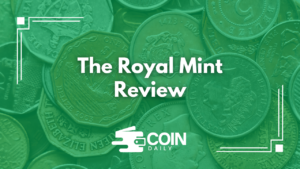
What is the history of the Royal Mint? How is its product catalog? Find out the answers in this detailed Royal Mint review.
Product In-Stock: InStock
3.8

